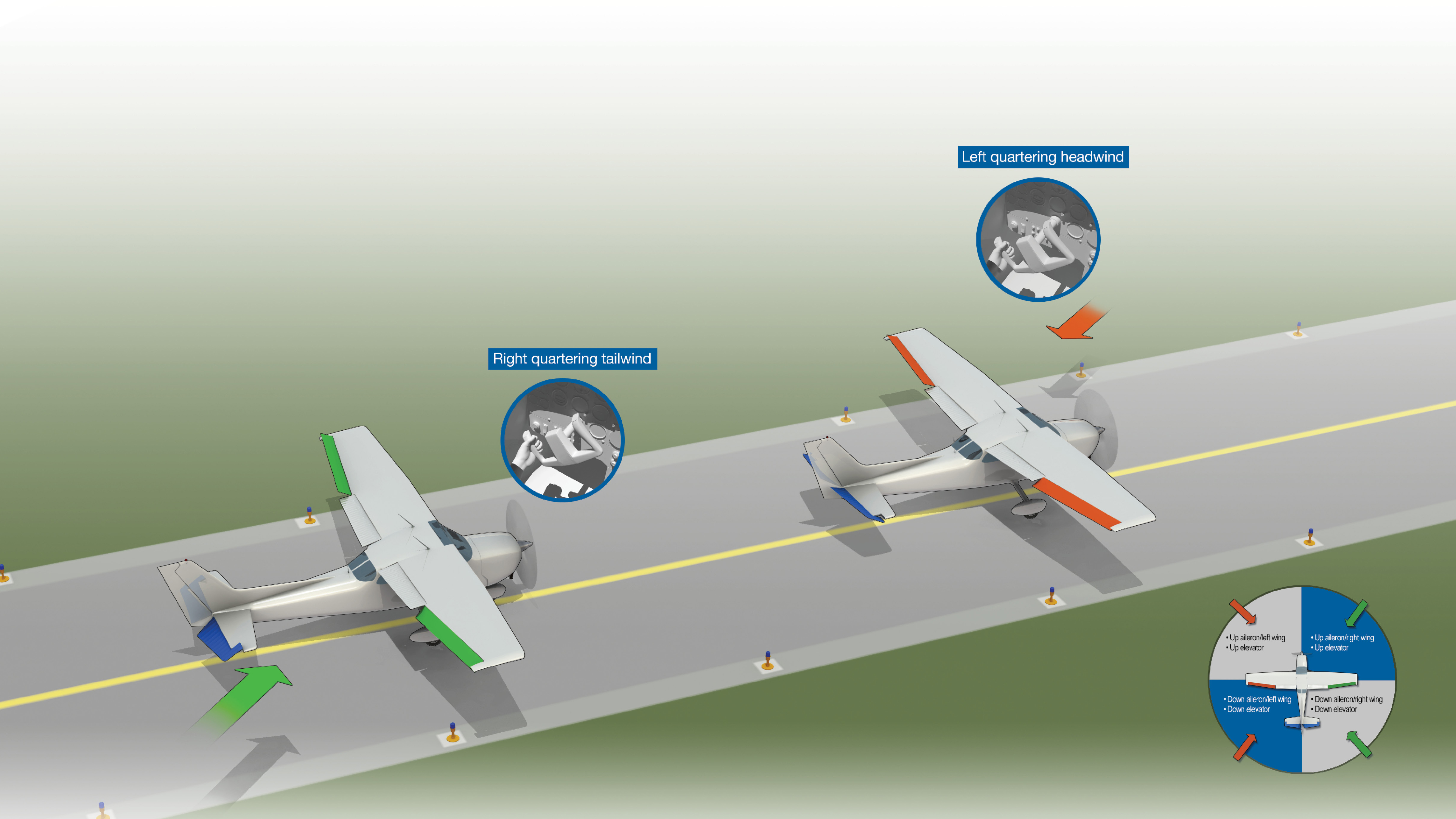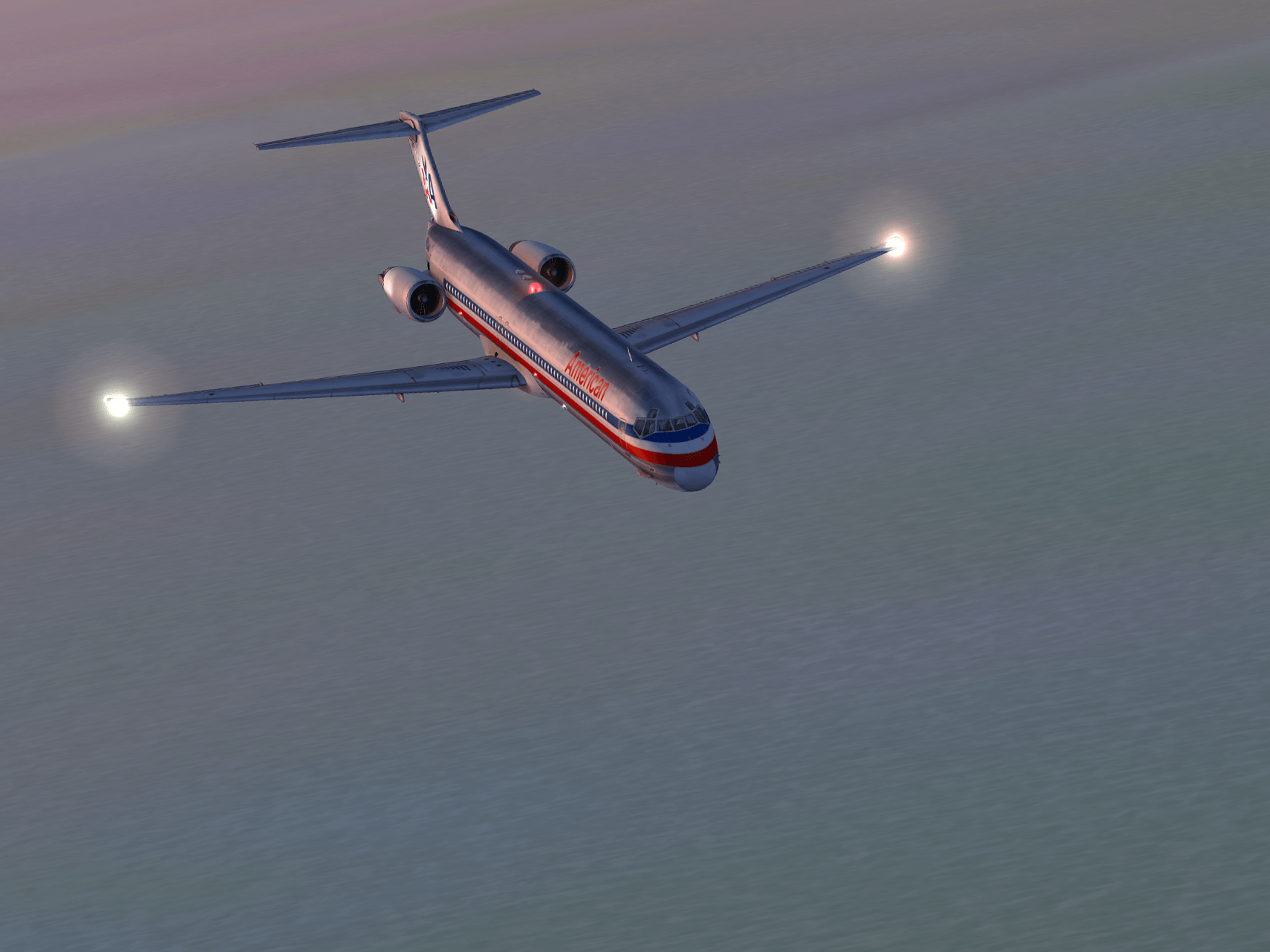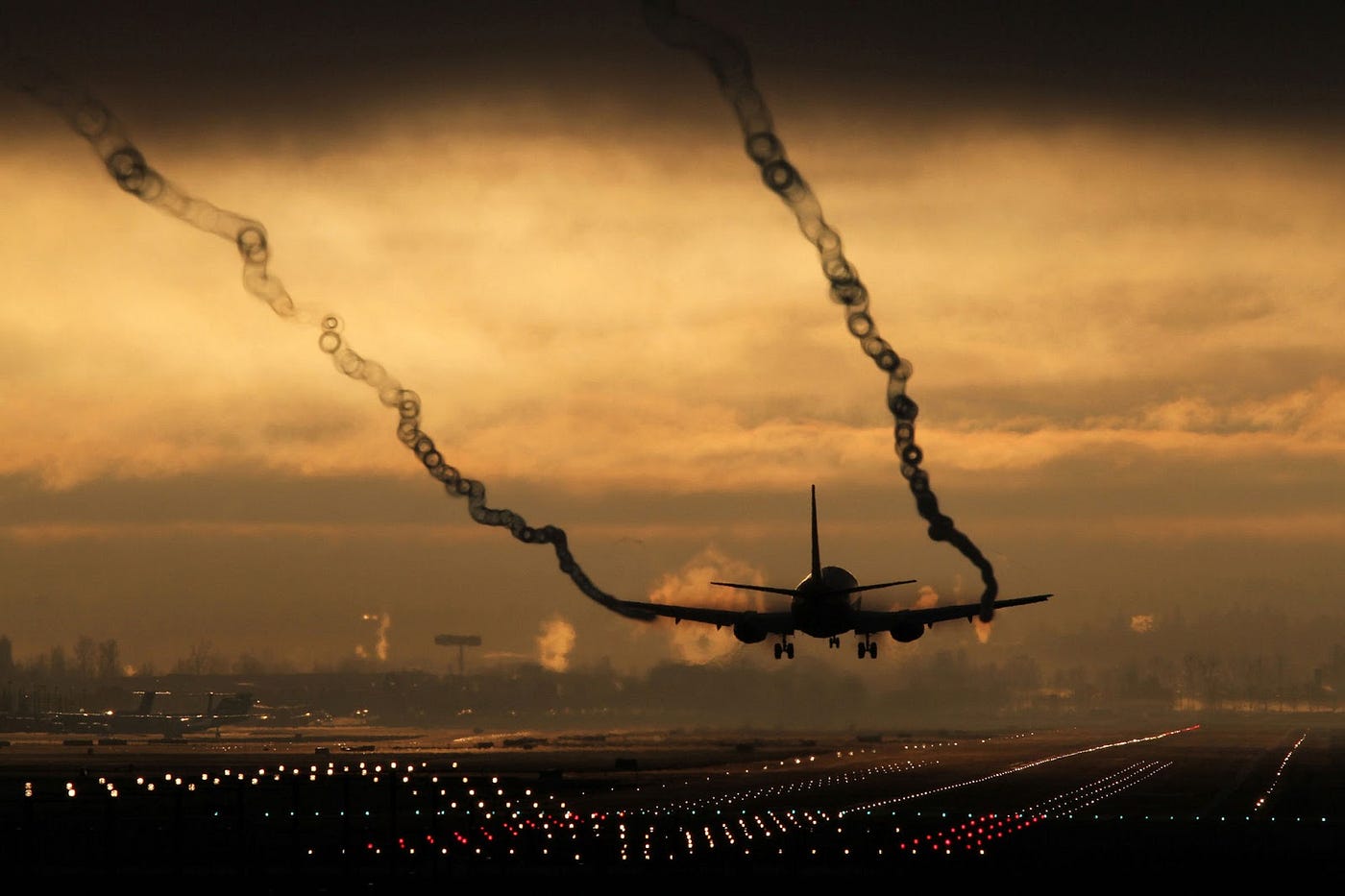Crosswind Aircraft - For greater security, passwords must contain at least 8 symbols, including upper and lower case letters, numbers, and at least one special symbol
Crosswind landings can be a huge challenge for pilots and occur when the wind crosses the runway, not directly.
Crosswind Aircraft

The recent bad weather over the UK really put the skills of the pilots to the test and got some spectacular visions of planes trying to land in Birmingham.
Planes Landing Sideways
In some cases, aircraft arrive with a slight wind direction component - often associated with noise-sensitive airports where one runway is preferred to another.
If a pilot encounters a crosswind landing they must steer the aircraft into the wind while maintaining a straight line to the runway.
In strong winds, the pilot can also dip the wing - skid - into the wind.
Before landing, the pilot applies the rudder to turn the plane - and the undercarriage - so that it is directly parallel to the centerline of the runway.
Crosswind Landing Of A Plane Stock Photo
This requires great skill and the results - if not done properly - are often spectacular as shown in the video above.
The only place in the world to get ALL Airline Safety Ratings in one place! The ONLY airline rating that includes COVID-19 Safety, Product and safety ratings! Visit our Ratings Now!
#YetiAirlinesPlaneCrash #YetiAirlines #Yeti #YetiAirlinesCrash #yetiair @ATRaircraft @AirbusPRESS @Airbus #aircrash #nepal #aviationdaily #aviation #justaviation #instaplane #instagramhub #instaairplane #instaaviation #aviationposts #U4gy
@PeterWMurphy1 @abc730 @latingle @MarkDreyfusKCMP Good to see the Minister telling the truth for a change....I forgot what that was.
Crosswind Landing United B777 @ Rw06 Ams
@skiesnbeyond @Boeing Will fly one by then. In the hands of a trained pilot, it is absolutely safe.
#YetiAirlines #yetiairline #Yeticrash #NepalCrash #aviationdaily #airlines #instaplane #aviationgeek #flying #fly #instagramaviation #vhice #av1ation #aviation_things #flying #flyingfever #aviationviews #aviation #instaaviation #aviationposts #pilot https://aviationposts./colot T1981A7wZ1
Privacy Policy We place cookies on your device to improve your browsing experience. We collect cookies for marketing purposes. To allow all cookies click OK. If not, you can use this tool to manage.
We use cookies to make it easier for you to use our website. You can delete any cookies that have been stored on your computer, but this may prevent you from using parts of our website.
This Livestream Of Planes Trying To Land At Heathrow In Massive Crosswinds Is A Must Watch
For your new settings to take effect, this page will be refreshed automatically when you click "Save and close". Winds were 23 knots, 40 degrees from the runway. And your passengers expect a landing they can make it to.
Crosswind landings can be one of the most stressful things for a pilot, especially if you haven't trained in a while. And whether you're a new pilot learning to fly one, or a 20-year-old pilot who hasn't had much training lately, a little review can help.
For crosswind landings, there are several methods you can use: crab, and wing-low. And there are advantages and disadvantages to both. They are basically the same as how you press, but the difference comes when you initiate the slip.

Using the crab technique, you fly the final crab approach in the air avoiding drifting to the left or right of the center line. You keep the crab on your flare, and before landing, you step on the rudder to line your nose with the runway, and use the ailerons to avoid drifting.
How To Make Perfect Crosswind Landing?
The crab technique can be an easy way to maintain center line on the final approach, but requires a little deliberation and time to "kick" the crab before landing. This is the same technique that jets use to land. But there's one big difference between the 737 and the single-piston engine, and that's inertia. If the 737 is not perfectly aligned with the runway on landing, it will realign itself on landing wheels, and continue to glide smoothly down the runway. But if your 172 doesn't line up with the runway on landing, you'll bounce and bounce all over the pavement until you're level with it. So unless you practice crab landing a lot, this can be a difficult method of perfecting light aircraft.
In most cases in light aircraft, the low-wing approach is the easier way to achieve a smooth landing in a crosswind landing. To fly on low wings, you use the rudders to align your nose with the runway, and the ailerons to correct for left/right deviation from the final approach to landing. Basically, you swipe the plane in a crosswind to keep yourself parallel to the runway from end to landing.
You'll start flying low on the wings on the last approach. And by flying the wings at the end, you keep the ground path and the longitudinal axis of your plane parallel to the runway at all times. That means your approach is more stable from final to touchdown.
Getting used to flying with low wings takes some practice to get comfortable, as you control the plane to keep it parallel to the runway. Tapping the rudder in one direction to keep your nose parallel to the runway, and using the ailerons in another to avoid drifting can be confusing at first. And it's easy to combine the two when you get started.
Training And Safety Tip: Crosswind Landings
One of the best ways I've found for students to learn to fly low is to break the maneuver into two parts. First, step on the wheel to align the nose with the runway. Second, use the ailerons to stop drifting left or right, and stay parallel to the centerline of the runway.
Another good way to practice the wing-low approach is to fly a low approach to the runway and never land. By flying onto the runway, you give yourself the opportunity to keep your nose parallel to the runway, and you can actually do deviation corrections.
After a few trips around the pattern, you can begin to easily integrate the rudder and ailerons, and establish yourself in the perfect wing-low final approach. Remember that you are using the rudders to keep the nose parallel to the runway, and you are using the ailerons to keep the plane from drifting left or right.

When you initiate loops and flares, your plane slows down, which also means your flight controls are less effective. Because your flight control is less effective, you'll need to add more rudder to keep your nose parallel to the runway, and at the same time, add more ailerons to prevent centerline drift.
How Planes Land In Crazy Crosswinds
When you add control inputs, you want to keep your wind wing low the whole time, because you're about to land.
When you touch the crosswind, you want to do it in three steps: first, play the upwind, then, play the downwind, then finally, the nose wheel.
By touching one wheel at a time, you maintain alignment with the runway during landing. Remember that you need to loosen the steering wheel when your nose wheel hits the curb, so you don't start turning to the downwind side of the runway.
After you land, you have to keep your plane in the air. To do that, slowly add full-wind aileron deflection, and keep it there throughout your launch. At the same time, use your rudder to stay on the center line.
Watch Plane Make Crosswind Landing
You will find that by keeping your ailerons completely in the wind, your windwings will not lift, even in a gust of wind, and it will be easier to maintain control of your aircraft during launch.
When it comes to crosswinds, how much is too much? It really depends on your experience level, and how much practice you get.
Almost every plane you fly has "indicated crosswind" capability, that is, in knots. The FAA requires a demonstration of the crosswind capability of a certified aircraft to "be able to be satisfactorily controlled without an unusual level of skill or caution on the part of the pilot in a 90 degree crosswind up to a speed equal to 0.2 VSO". That means a minimum airspeed of 20% of the aircraft's stall speed with power off and landing gear/flaps down.

For example, the Cessna 172S has a cross wind of 15 knots with full flaps. Remember, that doesn't mean you aren't allowed to go 172 in more than 15 knots of cross wind. But if you have more than that crosswind, you'll need to use, as the FAA says, "an extraordinary level of skill" to land safely.
In The Crosswind Hi Res Stock Photography And Images
And obviously if you fly last and can't keep your nose parallel to the runway with full rudder, you're out of your plane's crosswind capability. If so, you must choose a preferred runway, or another airport.
When you're facing a crosswind, flaps often help. That's because the flaps help stabilize your plane, making it easier to land.
One of the few cases you don't want
Crj aircraft seating chart, aircraft crj, aircraft type crj, crj-200, crj aircraft delta, american airlines crj aircraft, bombardier crj-900 aircraft, crj 900 aircraft delta, crj 900 aircraft, aircraft crj 200, crj 1000 aircraft, crj 200
0 Comments